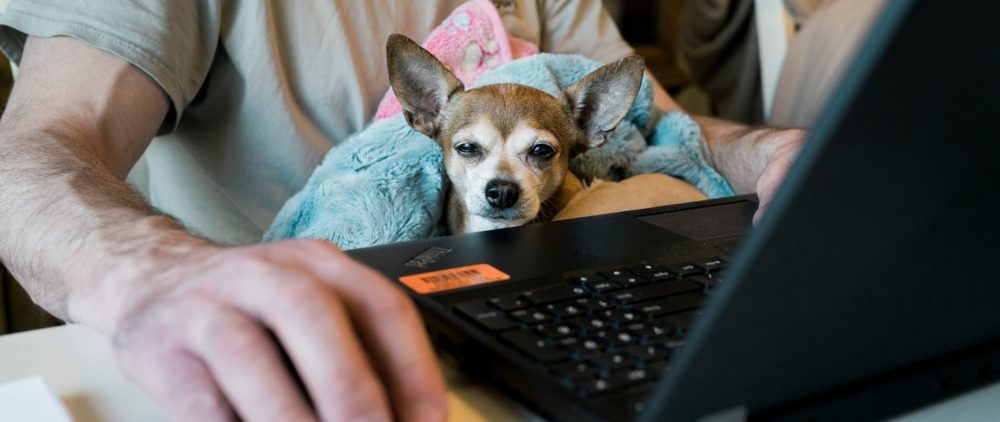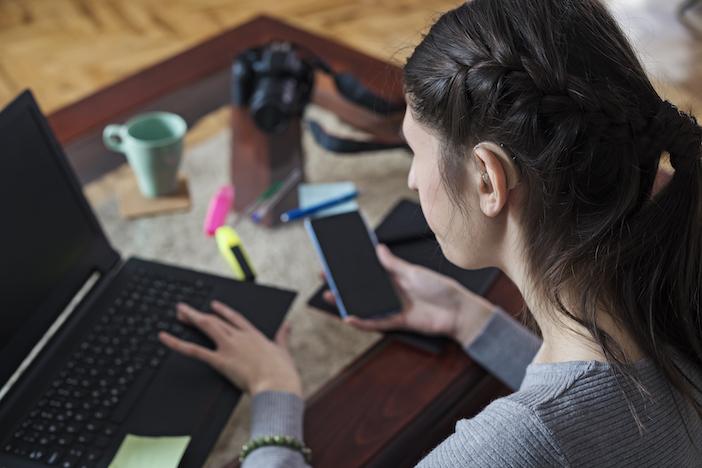Lessons Learned from Abruptly Going Remote
Like many around the world, COVID-19 has changed the way we work

At Tamman we’ve had an unexpected introduction to fully remote work over the past two months. Since March 16th, all staff has worked from home as part of the effort to slow the COVID-19 pandemic. We’re fortunate that we can continue working through a stay-at-home order, and that we already had most of the infrastructure and norms in place to support remote work — by mid-March, most of the staff in our Philly office were working remotely once a week.
The transition from a hybrid work model with some work-from-home days to fully remote work wasn’t as simple as just scaling up the VPN. It’s difficult to replace the casual interactions that used to happen, like chatting by the coffee machine, discussing sports near a colleague’s monitor, lunchtime debates about the Sixers’ playoff chances, and ending Fridays with a casual video game session.
But the shift to remote work has also been a useful, if unanticipated, learning opportunity, and a chance to refine our communication. As we’ve adjusted to our new normal, here’s what we’ve learned from working together virtually.
Video calls: the good, the bad, and the ugly
Back when, at most, one or two people were out of the office at a time, we typically didn’t turn on our webcams for meetings and relied on audio-only. When one person is the only disembodied remote voice in a room full of others talking face to face, it can be a struggle to participate. After repeated instances of attempting to speak only to be cut off by someone in the room, a remote worker could begin to feel more like an observer than an active contributor.
Since going fully remote, we’ve changed our philosophy and now use video calls for just about every meeting. It’s noticeably easier to feel engaged when we can all see each other. But even as video helps bridge the gap, meetings have seemed more taxing, too. Mike, our then CEO, cited “Zoom fatigue”: the mental exhaustion of trying to interpret body language, eye movements, and other social cues through a webcam — let alone several webcams at once.
A sense of exhaustion from virtual meetings seems to be common. Many people feel more drained after a day of video calls than ever in an office setting, report commiserating with colleagues at the beginning of meetings about feeling overloaded with virtual interactions. Even though the overall number of meetings hasn’t drastically increased, this sentiment appears to be more prevalent now.
For now, the benefits of video outweigh the costs. But the shift has already prompted some discussion in our weekly retros about shortening and reducing meetings, and we’ll likely need to keep having those conversations so long as we can’t meet face to face.
New routine, who dis?
The shift to remote work necessitated a reevaluation of routines. Workers can absolutely feel the loss of certain daily habits, such as a cherished 30-minute walk to and from the office, providing them with precious time to mentally prepare for the day in the morning and unwind in the evening. Surprisingly, the transition also yielded some positive changes. Having no coffee machine at home led to the abandonment of coffee consumption entirely for eight weeks for some employees.
For some, remote work has required new strategies for finding focus. Marty, our chief of staff, says it took him about three weeks to find a rhythm that worked, but now that he has, he sticks to his schedule more than he did in the office. The predictable set of tasks every day help him stay on track, as does a new habit of daily meditation — “I need the time to recenter and focus to keep me humming productively,” he explained. For others, the home office has offered more focus, not less. Jess, one of our full-stack developers and a veteran of remote work, says she’s been able to get more coding done without the interruptions and distractions of an office setting.
And as necessary and important as the routines are, working from home has also allowed for new spontaneity and impromptu time away from work. It’s been lovely to see team members post in Slack to say why they’ll be away for an hour or so: cooking with their families or driving their kids around the neighborhood for a socially distanced birthday celebration.
Connecting with coworkers
Lastly, remote work has, of course, forced us to rethink how we socialize and connect as a team. We are missing the office chats and ambient conversations. But our connections haven’t disappeared — just changed. Jess noticed that she’s getting to know other team members better than ever because our interactions are more intentional now. And Carley, our team success coordinator, has worked tirelessly to create those opportunities for intentional connection with virtual coffee breaks, lunch tables, and Netflix Party sessions.
With about a week left in Pennsylvania’s stay-at-home order, and likely longer in Philadelphia, I’m sure this list of lessons learned will grow. Our remote work practices are far from perfect, but we’ve made real improvements since mid-March.





